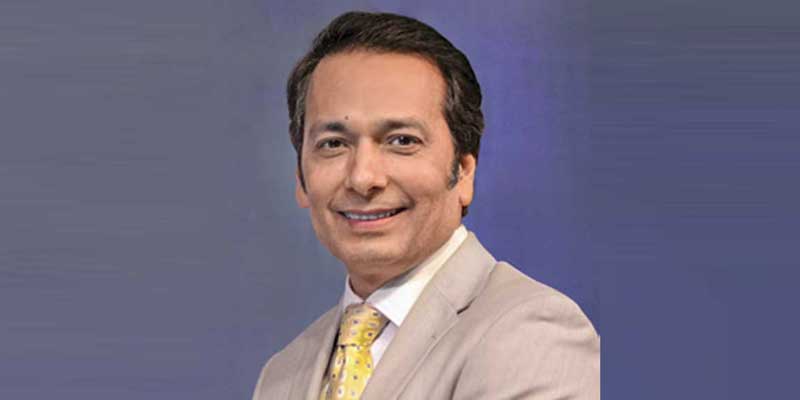Schedule a Call Back
CERATIZIT aims to be ‘net zero’ by 2040
 Interviews
Interviews- Dec 30,22
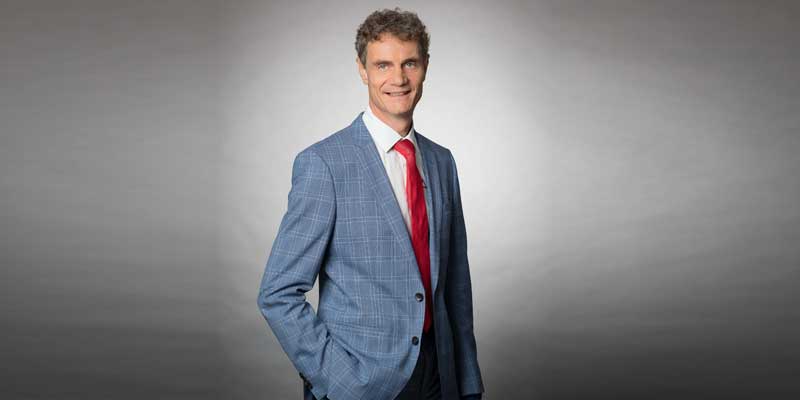
The Luxembourg headquartered CERATIZIT is a high-technology engineering group specialised in cutting tools and hard material solutions. As a technology leader in the carbide industry, it holds more than 1000 patents and utility models worldwide. In September 2022, the group unveiled its strategy to become the leader in sustainability for the hard metal and cutting tool industry by 2025. In this interview with Rakesh Rao, Thierry Wolter, Member of the Executive Board of CERATIZIT S.A, elaborates on the group's green initiatives, its plans for IMTEX 2023, and emerging trends in the industry.
How is CERATIZIT serving the manufacturing industry?
With a comprehensive standard portfolio and deep experience in the field of special tools as well as a wide range of services, we can offer our customers suitable solutions in all areas. However, it is also important for us to feel the pulse of the market in order to initiate the development of innovative new products in time to offer our customers suitable solutions for new fields of application as soon as they need them. In doing so, we always put the customer at the centre of our actions. We see it as our task to support them in making their processes as effective and sustainable as possible.
Recently, the company announced a net-zero sustainability strategy. Would you please elaborate more on this and its objectives?
Customer centricity and the development of innovative solutions have always been at the core of what we were doing. We always wanted to help our customers to become more efficient. But that is no longer enough. As a company, we see it as our responsibility to also treat sustainability as a top priority and we must do our part to ensure that this planet is still worth living on for future generations. That is why our vision is to be the leader in sustainability for the hard metal and cutting tool industry by 2025.
In order to become truly sustainable throughout the company, we consider the whole value chain with regard to environmental, social and governance criteria (ESG). During the first phase, the focus will be on those aspects that have the greatest leverage for our carbon footprint.
In order to quickly and drastically reduce the carbon footprint, we will begin with three key ‘levers’. One crucial factor will be to increase the proportion of raw materials that stay in the production chain to over 95 per cent. Preparing secondary raw materials requires 70 per cent less energy and provides a 40 per cent reduction in the carbon footprint compared to the use of primary raw materials from mining. A positive side effect of this is that it will secure the supply chain for raw materials, which not only benefits CERATIZIT but also our customers.
Power supply is another topic. CERATIZIT plans to switch the power supply for all sites to green electricity. Closely linked is our hydrogen supply. We need large quantities of hydrogen, particularly for the production of tungsten powder. Until now, the hydrogen required has been obtained via steam reforming from natural gas. In future, we are planning to switch to green hydrogen, which is obtained by electrolysis with green electricity. We will cooperate with our current suppliers on this, but also be developing our own electrolysis plants.
The first milestone in the implementation of the new strategy is set for 2025. We plan to be carbon neutral by this point. This doesn't just mean offsetting all emissions generated along the whole supply chain, however. We will reduce actual emissions by 35 per cent compared to the reference year of 2020. For the second stage, 2030, we are planning with additional actions to achieve a reduction of 60 per cent compared to 2020.
However, the most ambitious goal is to be ‘net zero’ by 2040 – a goal taken from the Paris Climate Agreement, set for 2050. It undoubtedly is a huge challenge to reduce the carbon emissions by 75 per cent across the whole value chain by 2040. But thinking of future generations, we don’t see any alternative options and are looking forward to also playing our part with innovative products and a wide range of services for our customers.
Light-weighting and electrification are two key trends in the automotive industry. What effects will this have on the cutting tools industry?
When we talk about lightweight construction, we also have to talk about materials other than steel. Be it aluminium, composite materials like CFRP and GFRP or even hard-to-machine titanium and titanium alloys. I see us in the best possible position in this respect. The machining of aluminium is traditionally one of our strengths, from the aerospace sector we have extensive experience in machining composite materials with our Klenk products and our TiB2 coating for tools for titanium machining is still unrivalled.
As far as the change from combustion engines to electric drives is concerned, this is certainly a big transformation for the machining industry. The machining volumes are simply much lower in the production of electric cars. At the same time, new applications have to be mastered. For example, machining the housings for electric motors, which have large diameters. At the same time, however, new fields of application beyond machining are opening up for us; for example, punching tools for the production of rotor and stator. All this shows once again how important it is to be able to react quickly and flexibly to changing market requirements.
Besides automotive, which other end-user industries (like railways, electrical & electronics, etc) are you looking to tap for future business growth?
I wouldn't limit it to certain industries. As a full-range supplier, we basically have solutions for every conceivable industry in our portfolio these days. We supply our customers with what they need.
But when we talk about our focus industries, apart from automotive, these are certainly aviation, energy technology, medical technology, the transport industry and heavy machining.
How is automation (digitalisation) shaping the future of the machine tools & accessories industry?
It opens up completely new possibilities. Take the example of our FreeTurn tools for High Dynamic Turning (HDT). The idea for this did not just emerge yesterday, but the machining ecosystem was simply not ready until four years ago and would not have been able to provide the technical basis. This is only possible thanks to advanced digitalisation with modern controls, machines and CAD/CAM systems.
However, I think we are still only at the beginning of the possibilities. Tool monitoring and control systems like ToolScope now offer much more transparency for machining processes and can significantly increase process efficiency and process reliability through real-time analysis and adjustment of process parameters.
Could you please elaborate on some of the emerging trends in the cutting tools industry?
CO2 reduction is not only very important for us as a company, but is becoming more and more important throughout the entire industry. Considering this, increased efficiency and digitalisation are becoming even more important, as they are essential tools to further increase the sustainability of production processes.
Another challenge is the constantly changing requirements of the industry, to which we as tool suppliers have to adapt in the shortest possible time. The shift to e-mobility is a good example. Like I said, not only is the machining volume decreasing compared to combustion engines, but the applications are also changing. And our customers are demanding the right solutions. Beyond that, the machining of difficult-to-machine materials continues to be a driving factor.
Related Stories
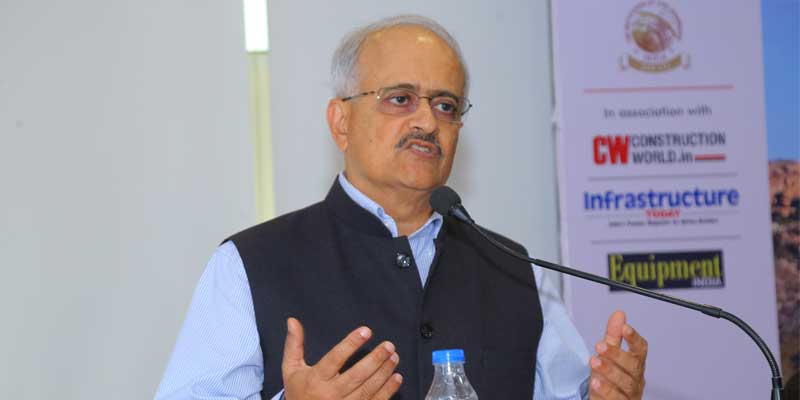
Vipin Sondhi: Indian infra booms with road construction opportunities
14th RAHSTA (Roads and Highways Sustainable Technologies & Advancement) Expo - India’s biggest road exhibition - will be held as a part 10th India Construction Festival 2024 at Jio Convention Cent..
Read more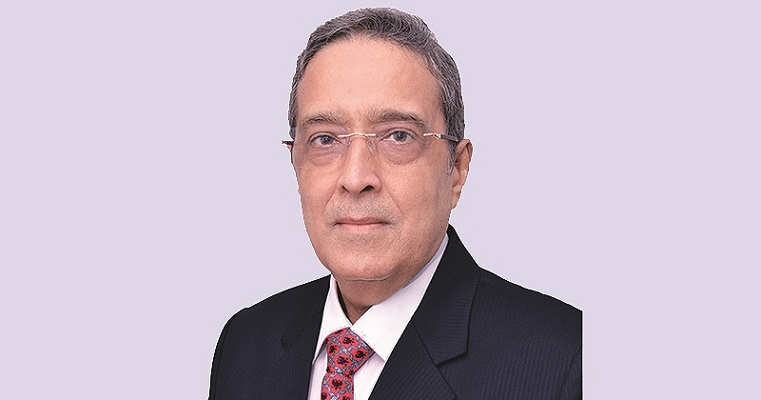
“India is aiming for $ 300 bn in engineering goods exports by 2030”
In this interview with Rakesh Rao, Arun Kumar Garodia, Chairman, EEPC India, analyses the performance of India’s engineering goods exports and factors driving the global demand for Indian engineer..
Read more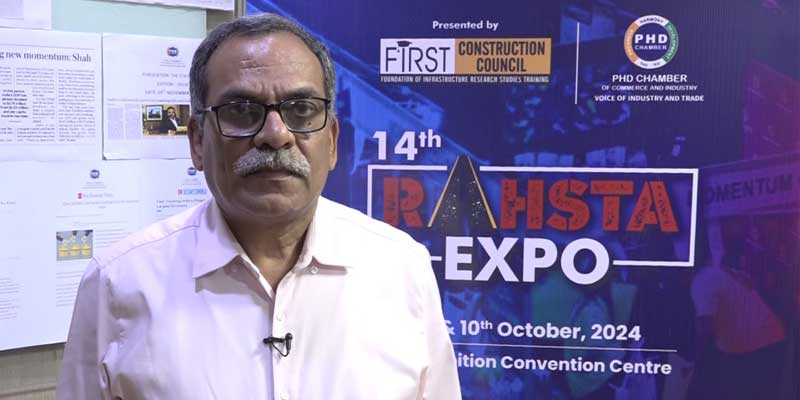
RK Pandey promotes safe road development at RAHSTA launch
14th RAHSTA (Roads and Highways Sustainable Technologies & Advancement) Expo - India’s biggest road exhibition - will be held as a part 10th India Construction Festival 2024 at Jio Convention Cent..
Read moreRelated Products
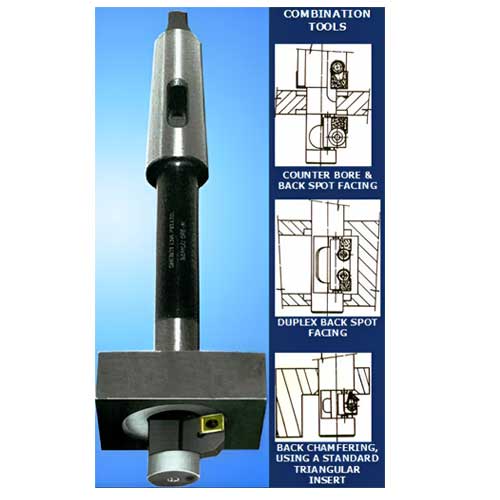
Automatic Back Spot Facing Tool
Shenoy Engg Pvt Ltd offers automatic back spot facing tool.
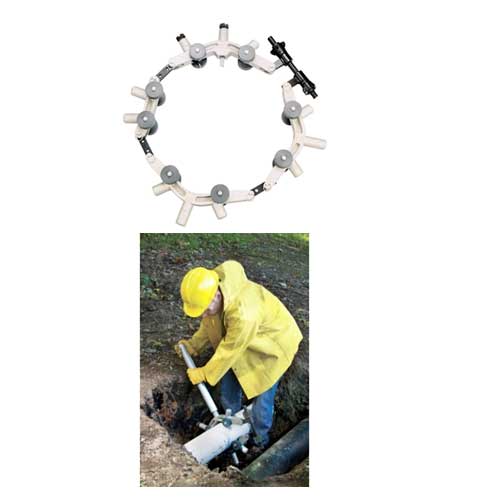
Plas in-line Rotary Pipe Cutters
Arizona Tools Company offers a wide range of in-line rotary pipe cutters for plastic pipe.
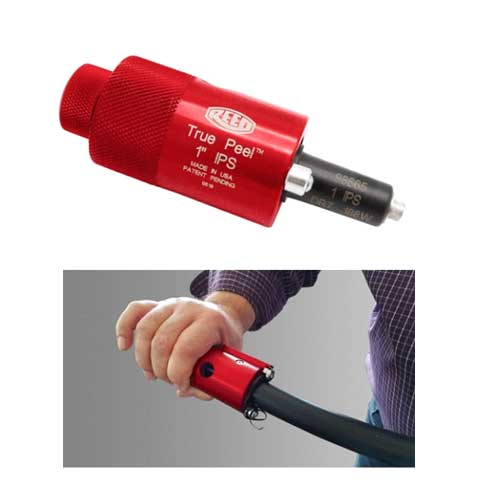
True Peel® PE Prep Tools
Arizona Tools Company offers a wide range of True Peel® PE prep tools.




